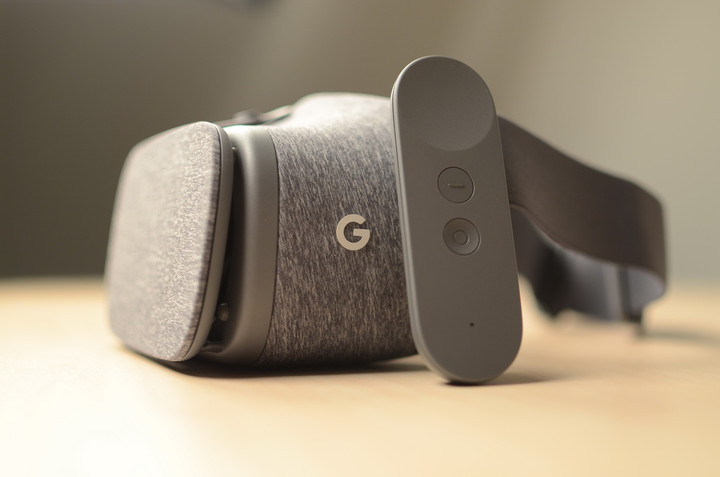
A post on the Chromium Blog from Google’s Brandon Jones says the latest beta version of Chrome for Android enables both the WebVR API and the Gamepad API extensions. What does that mean? Well, it gives web developers the orientation data and the Daydream controller data they will need to build Daydream and other VR headset support into their websites. While only Android and Daydream are supported right now, Google says that Cardboard will be supported in the next Chrome beta.
“Origin Trials allow a developer to temporarily enable the feature for all Chrome users visiting their website. The WebVR API is still evolving and will undergo further changes based on developer feedback before being enabled by default for all pages,” Jones wrote in the blog post.
For developers interested in bringing virtual reality to their websites, there is an entire website dedicated to helping you.
The news basically means that web apps could soon support Daydream and its users will have access to a much wider range of content than what is currently available on the Google Play Store. That is good news because while there is certainly not a bad selection of apps and games available on Daydream, but some more content could really help push the platform over the edge.
To use the new WebVR API for yourself, you will need a compatible Android device, Daydream headset, and the beta version of Chrome. Of course, you will also need to find actual websites that support the platform, which may be a little difficult right now.



